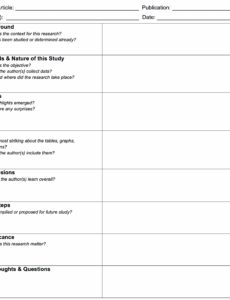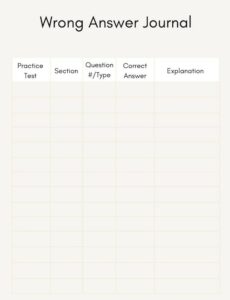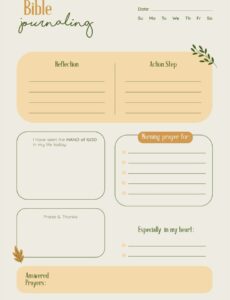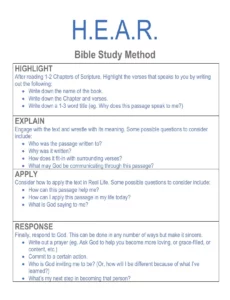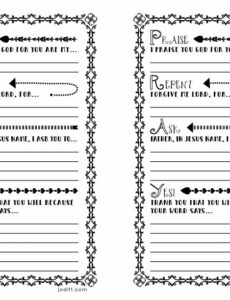Making good decisions is a skill, not just a talent. We often go through life making choices, big and small, without much thought about *how* we arrived at them, or what lessons we can learn from their outcomes. Imagine if you could systematically improve your judgment over time, turning every choice into a stepping stone for future wisdom.
This isn’t just wishful thinking; it’s entirely achievable by adopting a simple, yet powerful practice: keeping a decision journal. Just as James Clear’s “Atomic Habits” teaches us that tiny changes can lead to remarkable results, a consistent approach to logging your decisions can transform your critical thinking. Let’s explore how an atomic habits decision journal template can help you cultivate this essential skill.
Why a Decision Journal is Your Secret Weapon for Better Choices
A decision journal acts as a personal laboratory for your mind. It’s a dedicated space where you document your significant choices, the reasoning behind them, and what you expect to happen. Over time, reviewing these entries reveals patterns, biases, and the accuracy of your predictions. This reflective practice is incredibly powerful because it provides concrete data for self-correction, much like a scientist refining an experiment.
Think about it through the lens of Atomic Habits: improving your decision-making isn’t about one grand revelation, but about making small, incremental gains. Each entry in your decision journal is a “tiny habit” that builds self-awareness. It’s about making the process of good decision-making visible and attractive, and the consequences of poor reasoning immediately obvious. This immediate feedback loop encourages you to refine your approach, leading to a compounding effect of better choices over weeks, months, and years.
Without a structured way to track decisions, our memories tend to selectively recall successes and downplay failures, making it hard to learn objectively. A decision journal removes this subjective bias, giving you an honest record. It forces you to articulate your reasoning *before* the outcome is known, which is crucial for evaluating your thinking process rather than just the result itself. This clear separation helps you understand if a good outcome was due to sound reasoning or just plain luck, and vice versa.
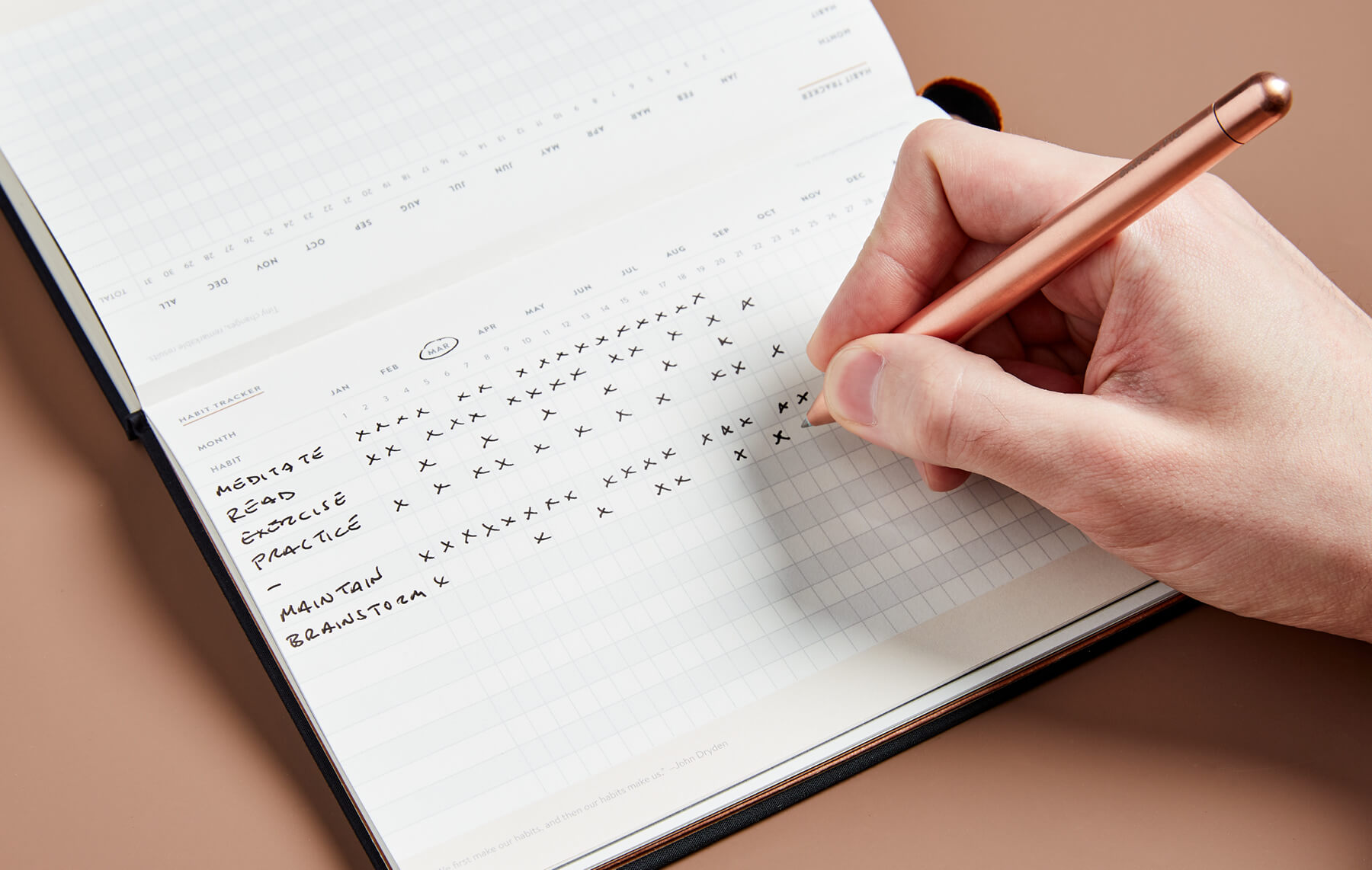
Key Elements of an Effective Decision Journal Entry
- Date and Time: When the decision was made.
- The Decision to Be Made: Clearly state the choice at hand.
- Your Initial Hypothesis/Prediction: What do you expect will happen?
- Factors Considered (Pros and Cons): List the information and variables influencing your choice.
- Emotions and Biases: Note any strong feelings or potential cognitive biases at play.
- Action Taken: The specific choice you made.
- Expected Outcome and Timeline: When and how will you measure success or failure?
- Review Date: When you will revisit this entry to assess the actual outcome.
By consistently filling out these elements, you’re not just recording; you’re actively engaging with your decision-making process. This structured approach helps you build a robust mental model for evaluating future choices, ensuring that each decision, whether it goes as planned or not, contributes to your growth. It’s truly an atomic habits decision journal template for continuous improvement.
How to Implement Your Atomic Habits Decision Journal Template
Starting your decision journal doesn’t have to be complicated. You can use a simple notebook, a digital document, or even a dedicated app. The key is to choose a format that is easily accessible and doesn’t create unnecessary friction, aligning with the Atomic Habits principle of making it easy. Begin with decisions that feel significant enough to warrant reflection, but don’t overwhelm yourself by trying to log every tiny choice. Consistency, not volume, is what matters most.
Integrate the journaling process into your existing routines. This is where habit stacking from Atomic Habits becomes invaluable. For example, you might decide to review your journal for five minutes “after I finish my morning coffee” or “before I plan my tasks for the next day.” By linking it to an established habit, you make it more likely to stick. The act of writing down your decision and your predicted outcome helps solidify your intention and provides a clear record for future review.
The real power of your decision journal comes during the review process. Schedule regular times, perhaps weekly or monthly, to revisit past entries. Compare your initial predictions with the actual outcomes. Ask yourself: What did I get right? What did I miss? Were my assumptions valid? Did any emotional biases cloud my judgment? This is where the learning truly happens, as you identify patterns in your thinking and refine your internal decision-making algorithms.
To make this practice truly atomic, aim for small, consistent improvements. Don’t expect to become a perfect decision-maker overnight. Instead, focus on the habit of journaling itself. If you miss a day or an entry, simply pick it up again without self-reproach. The goal is to build a system where better decisions are an inevitable outcome of your consistent, reflective practice.
- Start Small: Don’t overcomplicate the first entries; focus on clarity.
- Be Honest: Record your true thoughts, feelings, and assumptions, not just what you think you *should* feel.
- Schedule Reviews: Make reviewing your journal a recurring appointment in your calendar.
- Look for Patterns: Actively seek out recurring biases or successful strategies in your past decisions.
- Iterate and Improve: Use insights from your reviews to adjust your approach to future decisions.
Adopting an atomic habits decision journal template is more than just a tracking method; it’s a profound commitment to personal growth and self-mastery. By consistently documenting, reflecting, and learning from your choices, you’re not merely hoping for better outcomes; you’re systematically engineering them.
This practice empowers you to take control of your cognitive processes, turning every decision, regardless of its immediate result, into valuable data for your continuous improvement journey. Start today, and witness the cumulative power of small, deliberate efforts in shaping a future of wiser choices.
